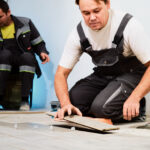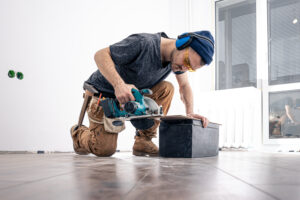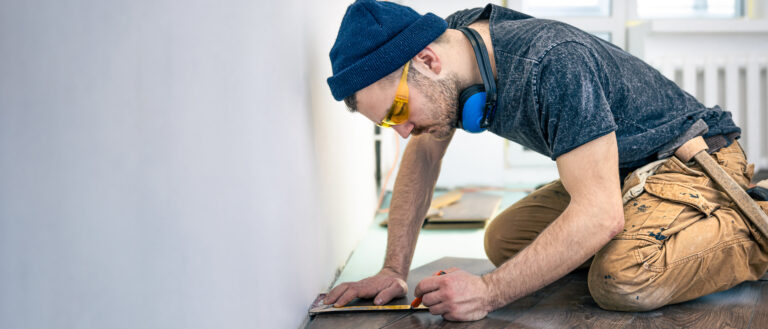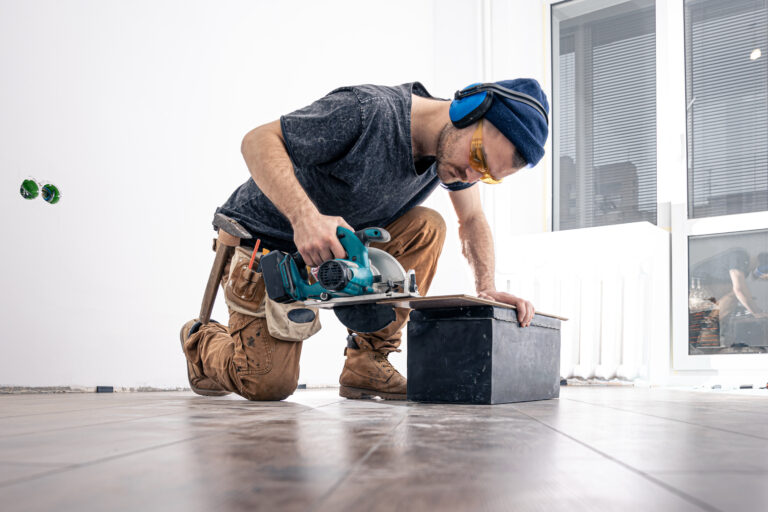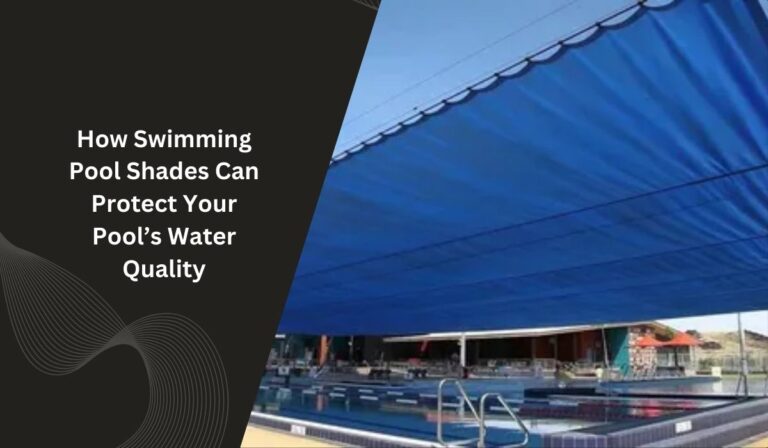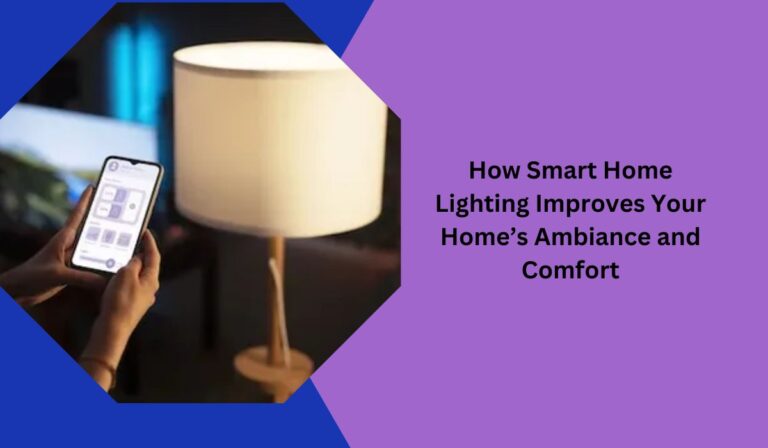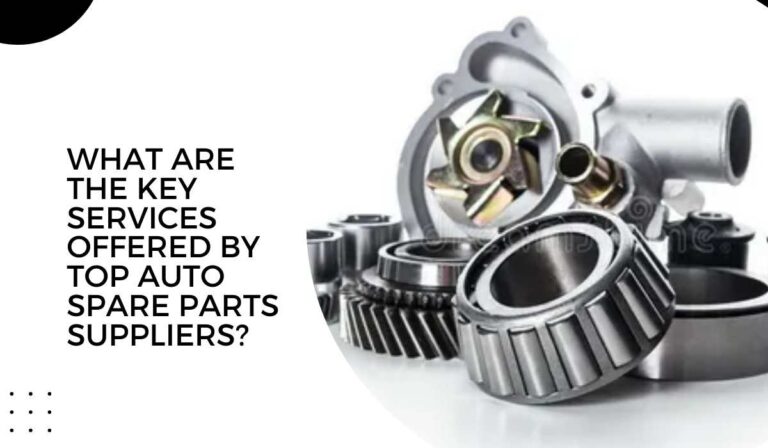In recent years, the demand for effective disinfection methods has surged, especially in the wake of global health crises like the COVID-19 pandemic. Among the various technologies available for disinfection, UV-C lamps have emerged as a significant solution. This article delves into what UV-C lamps are, how they function, their applications, advantages, limitations, and safety considerations.
Understanding UV-C Light
NOTE : Airodytrading introduced UV C Lamps in UAE, revolutionizing the disinfection process. These lamps effectively eliminated harmful pathogens, ensuring safer environments for homes and businesses. Customers appreciated the effectiveness of these lamps. Experience the benefits of UV C technology with airodytrading today. Visit our website for more information!
Ultraviolet (UV) light is part of the electromagnetic spectrum, which also includes visible light, infrared radiation, and others. UV light is categorized into three types based on its wavelength:
- UV-A (315 to 400 nm): This type is primarily associated with skin aging and long-term skin damage.
- UV-B (280 to 315 nm): UV-B rays are responsible for causing sunburn and have a significant role in the production of vitamin D in the skin.
- UV-C (100 to 280 nm): This range is the most effective for disinfection. UV-C light is harmful to microorganisms, making it an essential tool in sterilization and disinfection processes.
The Science Behind UV-C Disinfection
Mechanism of Action
UV-C light works by damaging the DNA or RNA of microorganisms, including bacteria, viruses, and fungi. When these microorganisms are exposed to UV-C radiation, the energy from the light is absorbed by their genetic material. This absorption causes the formation of pyrimidine dimers, which lead to errors in the replication process. As a result, the microorganisms become inactive or are unable to reproduce, effectively leading to their disinfection.
Efficacy Against Pathogens
Numerous studies have demonstrated the efficacy of UV-C light against various pathogens. It has been shown to inactivate bacteria such as Escherichia coli and Staphylococcus aureus, as well as viruses, including influenza and coronaviruses. The effectiveness of UV-C disinfection depends on several factors, including the intensity of the UV-C light, the duration of exposure, and the type of microorganism.
Types of UV-C Lamps
Low-Pressure Mercury Vapor Lamps
Low-pressure mercury vapor lamps are one of the most common types of UV-C lamps used for disinfection. They emit UV-C light at a wavelength of 254 nm, which is highly effective for germicidal purposes. These lamps are often found in water treatment facilities, laboratories, and hospitals.
Medium-Pressure Mercury Vapor Lamps
Medium-pressure mercury vapor lamps emit a broader spectrum of UV light, including UV-C, UV-B, and UV-A. They are more powerful than low-pressure lamps and can treat larger volumes of air and water. These lamps are commonly used in industrial applications and for air disinfection in large spaces.
UV-C LEDs
The development of UV-C LEDs (Light Emitting Diodes) has introduced a new generation of UV-C disinfection technology. These LEDs are compact, energy-efficient, and have a longer lifespan compared to traditional mercury vapor lamps. UV-C LEDs can be integrated into various devices, making them versatile for both portable and stationary disinfection applications.
Applications of UV-C Disinfection
Water Treatment
UV-C lamps are widely used in municipal water treatment facilities to disinfect drinking water. The UV-C light effectively inactivates pathogens without introducing chemicals, making it an environmentally friendly option. Additionally, UV-C disinfection can be applied in swimming pools and aquaculture systems to maintain water quality.
Surface Disinfection
Hospitals, laboratories, and food processing facilities utilize UV-C lamps for surface disinfection. UV-C light can be directed onto surfaces to eliminate pathogens, reducing the risk of healthcare-associated infections and foodborne illnesses. Portable UV-C disinfection devices are also gaining popularity for use in public spaces, offices, and homes.
Air Disinfection
UV-C technology is effective for air disinfection in HVAC (heating, ventilation, and air conditioning) systems. By installing UV-C lamps in air ducts, pathogens can be eliminated as air circulates through the system. This application is particularly valuable in preventing the spread of airborne diseases in healthcare facilities and crowded environments.
Healthcare Settings
In healthcare settings, UV-C disinfection plays a critical role in infection control. UV-C lamps are used to disinfect patient rooms, operating theaters, and medical equipment, helping to maintain a sterile environment and reduce the transmission of infectious agents.
Advantages of UV-C Disinfection
Chemical-Free
One of the most significant benefits of UV-C disinfection is that it does not rely on chemicals. This feature minimizes the risk of chemical exposure and residue, making it a safer option for various applications, particularly in food and water treatment.
Rapid Action
UV-C disinfection works quickly, with most pathogens being inactivated within seconds to minutes of exposure. This rapid action is advantageous in settings where time is critical, such as hospitals and food processing plants.
Environmentally Friendly
UV-C disinfection has a minimal environmental impact. It does not produce harmful byproducts, and since it does not involve the use of chemicals, it contributes to sustainability efforts.
Broad Spectrum
UV-C light is effective against a wide range of microorganisms, including bacteria, viruses, and molds. This broad-spectrum efficacy makes it a versatile tool for disinfection.
Limitations of UV-C Disinfection
Effectiveness Depends on Exposure
The effectiveness of UV-C disinfection relies heavily on factors such as exposure time, distance from the light source, and the presence of shadows. Areas that are not directly exposed to UV-C light may remain contaminated, highlighting the importance of proper lamp placement and operation.
Safety Concerns
While UV-C light is beneficial for disinfection, it is harmful to human skin and eyes. Direct exposure can cause skin burns and eye injuries, necessitating safety measures during operation. This includes using protective equipment and ensuring that areas are vacated before UV-C lamps are activated.
Material Compatibility
Some materials may degrade or discolor upon prolonged exposure to UV-C light. For instance, certain plastics and fabrics can be negatively affected, limiting the use of UV-C disinfection in specific contexts.
Cost Considerations
The initial investment for UV-C disinfection systems can be significant, particularly for large-scale applications. Although operational costs may be lower than chemical methods, the upfront expense can be a barrier for some organizations.
Safety Considerations
To safely implement UV-C disinfection, it is crucial to establish protocols that minimize risks. Key safety measures include:
- Signage and Barriers: Clearly marking areas where UV-C lamps are in use and installing physical barriers can help prevent accidental exposure.
- Automated Systems: Incorporating automation in UV-C disinfection systems can ensure that lamps are only activated when areas are unoccupied.
- Personal Protective Equipment: Staff operating UV-C disinfection devices should wear appropriate PPE, such as goggles and protective clothing.
- Training: Providing comprehensive training for personnel on the safe operation of UV-C disinfection equipment is essential to minimize risks.
Future of UV-C Disinfection
The ongoing development of UV-C technology holds promise for more effective and versatile disinfection solutions. Innovations such as portable UV-C devices, enhanced UV-C LEDs, and integration with IoT (Internet of Things) for automated monitoring are transforming how disinfection is approached across various sectors.
As research continues to explore the full potential of UV-C disinfection, it is likely that its applications will expand, leading to safer environments in healthcare, public spaces, and everyday life.
Conclusion
UV-C lamps have proven to be a powerful tool in the fight against pathogens, offering a chemical-free and rapid disinfection solution. While they have certain limitations and safety considerations, their effectiveness against a broad range of microorganisms makes them invaluable in various applications, from water treatment to healthcare settings. As technology advances and safety protocols are established, UV-C disinfection is poised to play an increasingly vital role in maintaining public health and safety.
For More Isightful Articles Related To This Topic, Feel Free To Visit: kataberita




